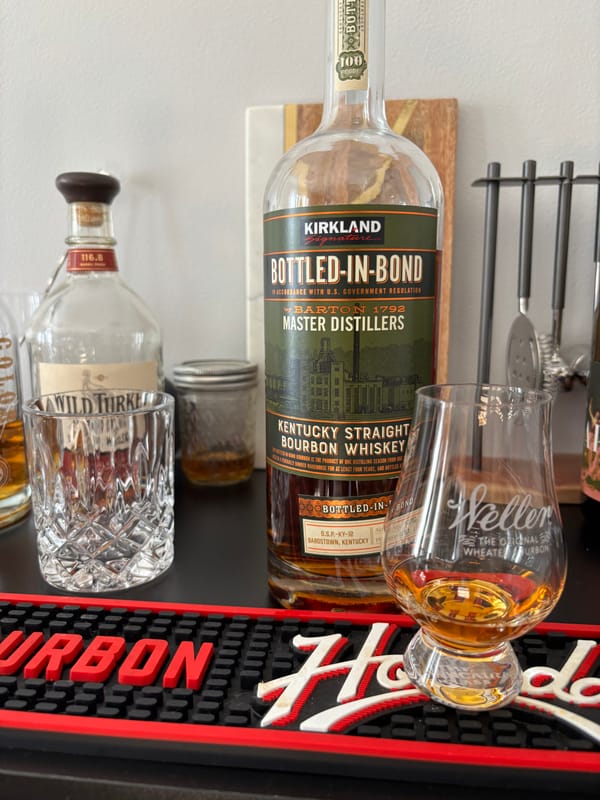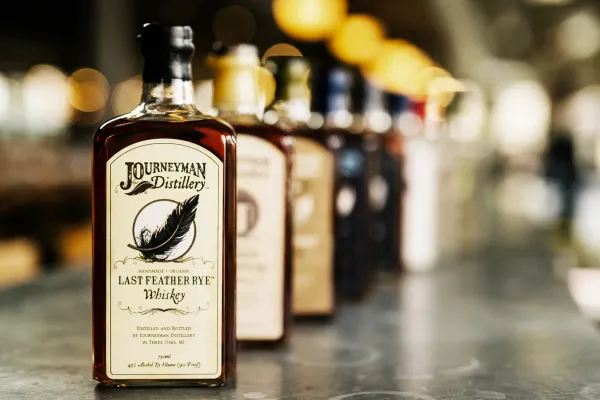Whiskey Grain Requirements Guide: The Base You’ll Wish You’d Known Sooner

Whiskey Grain Requirements: The Whiskey Foundation You Can’t Skip
The grains used in whiskey aren’t just ingredients. They’re the foundation that defines every bottle’s flavor and legal identity. If you don’t know these requirements, you’re missing the base that shapes every sip. For whiskey enthusiasts eager to understand whiskey’s core, this is the rock-solid truth about whiskey grain requirements, grounded in legal standards and craft, and a 2025 must-know.
What Are Whiskey Grain Requirements?
U.S. law sets strict grain requirements for whiskey types. Bourbon requires at least 51% corn, rye whiskey at least 51% rye, wheat whiskey at least 51% wheat, and corn whiskey at least 80% corn, all mashed and fermented (8-10% ABV in three to five days) before distillation to 160 proof maximum. Scotch, per the Scotch Whisky Regulations 2009, uses primarily malted barley, while Irish whiskey (Irish Whiskey Act 1980) often blends malted and unmalted barley. These grains, sourced from regions like Kentucky or Scotland, determine whiskey’s flavor—corn for sweetness, rye for spice, barley for malt—at 80 proof minimum.
How Grain Requirements Shape Whiskey
Corn, high in starch, converts to sugars during mashing at 180-200°F, yielding bourbon’s caramel and honey notes after aging in new charred oak. Rye’s volatile compounds produce pepper and clove, defining rye whiskey’s bite. Malted barley, sprouted and dried at 150-200°F, gives Scotch its nutty, fruity depth, while wheat softens wheat whiskey with bread-like smoothness. The grain percentage, often 51-80% for primary grains, balances with secondary grains (e.g., barley in bourbon) to create distinct profiles, all compliant with legal standards and aged two-plus years.
Why Grain Requirements Matter for Your Sip
A bourbon at 80 proof, with 70% corn, bursts with toffee sweetness, while a rye at 95 proof, with 65% rye, delivers sharp spice, per U.S. law. Scotch at 86 proof, from malted barley, offers honeyed malt. Incorrect grain ratios violate regulations, altering flavor. Every sip reflects the grain’s legal role, making your next bottle a true expression of its type.
Why Whiskey Grain Requirements Matter in 2025
Whiskey grain requirements are the bedrock of every bottle’s identity. By 2025, understanding these standards could make every sip a clear taste of craft, from sweet to spicy. It’s the truth in the base, so don’t miss the foundation.
Check out NEAT: Whiskey Finder—it’ll help you track down bourbon and whiskey near you.





